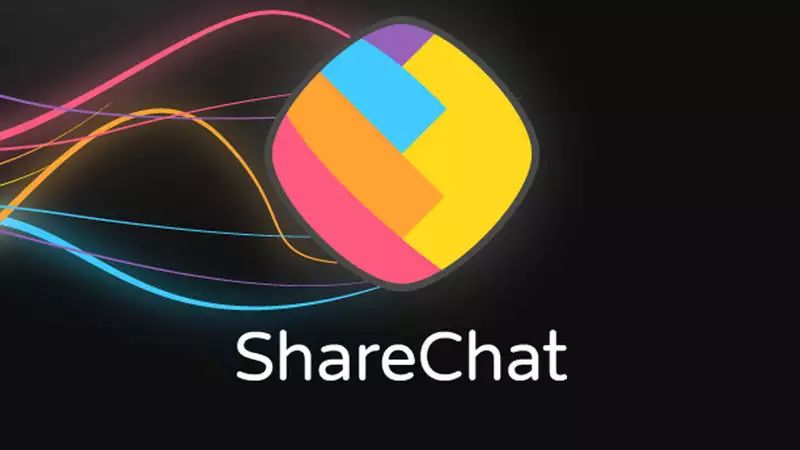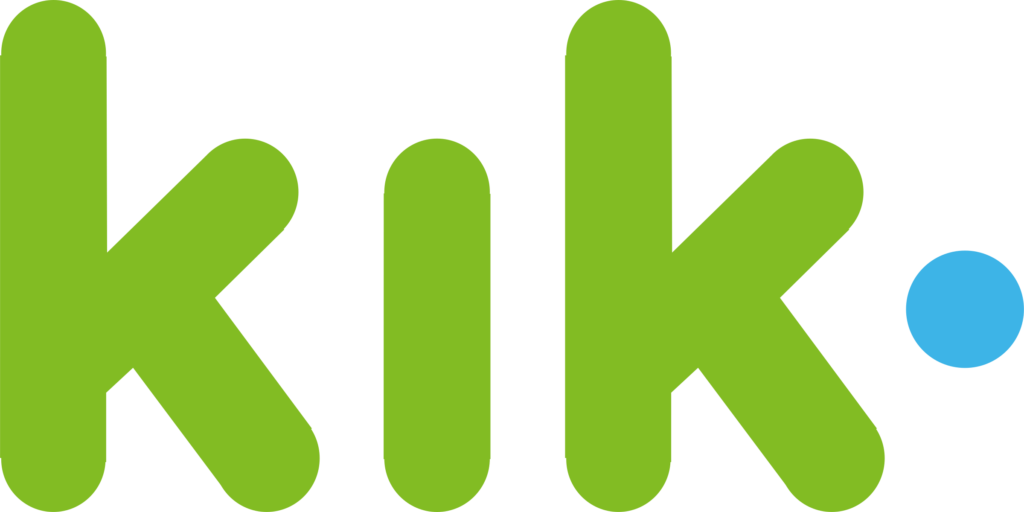WHY DIGITAL MARKETING IS ESSENTIAL IN 2020?
It is 2020. Obviously, we need innovative technologies. We are heading forward with new digital marketing trends and hope for the best in 2020. We can never feel free and secure without being online. It is not just about social media; we can be online through various means too.
Here, about 33% of people spend their time on social media, 16% on online TV, 16% on music streaming, online press has received 13% of people, and 22% on other variety of sources. These people are also trying to use the internet effectively in order to develop the business industry. They must identify it through online tactics due to which it can show its brand to targeted audiences. This is the reason digital marketing became one of the most important parts of the business field.
Digital marketing presents every business digitally up to the audiences. Customers will be able to know about every product and service of the business of their interest and need. Brands can be noticeable only due to strong and effective digital presence up to target audiences.
This is much easier than offline and physical business. You can conduct various events and campaigns to update sales information, to present a free demo, etc. This effort helps in generating leads, conversions, customers, etc. Some of the reasons to use digital marketing strategies are described below.
Also Read: Sachin Dev Duggal’s Start-Up Is Helping To Strengthen The Digital Marketing Community
Get high-rate conversion
No other channels can beat digital marketing to generate a high rate of conversion. You can get a higher conversion rate after having forward on forming leads, number of sales, subscribers, and obviously after having maximum traffic. It can be generated after conducting online events or campaigns through various channels like SEO, SEM, SMM, etc. Thus for the advancement of any business conversion rate would be exceeded after having digital strategies in 2020.
Also Read: BOOST MEDIA- Providing High-Class Digital Marketing Services since 2011
Interact with target audiences
Digital marketing is essential in 2020 because it helps to interact with the target audiences smoothly and transparently. If you prepare a simple pamphlet or brochure for the advertisement of your business, it may reach up to a certain number of people but ads do wide advertisements. This ad proceeds to certain demographics. Ads are for them who are interested in your product and who really need you. The ads can’t go wasted if anybody doesn’t see it. This is the capacity and power of the digital world.
Also Read: Sorav Jain: An Indian Entrepreneur Crusing Down the Bay of Digital Marketing
Brand awareness
You have to be in contact with your customers after any business contract. Communication with your customers will let you be aware of your services and if they satisfy you, customers. If you solve their problems immediately, then they will be attracted to your service and your brand will be inside the heart of those customers.
They will be sure about your dedication and attention to the business. Reputation of every business is not decreased by their brand; it would be so due to less attention of business towards their customers.
Also Read: Oodle Defined A New Way Of Digital Advertising
Generate Better Revenues
After conducting best events and campaigns, every business organization can earn better revenues than the organization that is running without digital strategies. Digital marketing can change the pattern of marketing. Through various channels of digital marketing, you will target millions of audiences.
After that you will be presenting and informing about your service and brand to them. And finally, you should motivate those targeted audiences to be involved with you. If this continues for a long period of time, you will have you will earn continuous leas and maximum conversions.
None of the business entrepreneurs will face the problem to reach tools and services personally. You will be interacting with them through digital tools that are available in 2020. So I am saying digital marketing is best in 2020 to generate better revenue.
Also Read: Fiverr: A Two-way Platform for Selling and Buying Digital Services
Cost-effective
Digital marketing is affordable to every type of business organization because digital strategies are cost-effective. Even small business that is running their business with minimum capital can use digital marketing strategies for bests result.
This they can have better leads and conversion too. If products are advertised digitally by running them on various channels like Google, social media, etc, it would get more attention than the products advertised physically. So both small and large business organizations can use digital marketing strategies in limited capital with the best returns.
Also Read: Daniel Hegarty: The Founder of Habito, UK’s Digital Mortgage Broker
Reach mobile users
In this 21st century, everyone is using smartphones and spent most of their time being online. Half of them discover unseen and latest brand while searching. Mobile marketing is only the way by which customers can’t ignore the advertised product.
Therefore, always focus your business to make poplar through social media, email marketing, ads, etc. Be concentrate on optimizing your website and making it mobile-friendly. Due to which everyone will be able to be updated about your every campaign, videos, blogs, events, etc.
Also Read: Gearing Up for the Future: Story of Responsive web design(RWD)
Make business trustable
There are unlimited opportunities for business but if it is not done properly, it can harm the same business badly. Through strong and effective websites, it is possible to get the trust of customers. After using your product or after getting services from your business, they feel free and confident to use your brand in the future.












